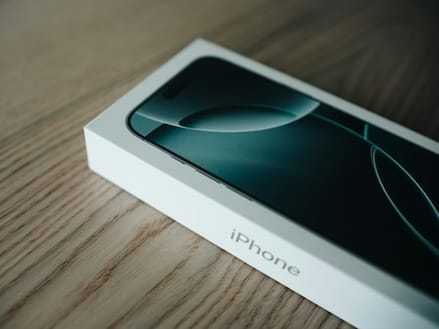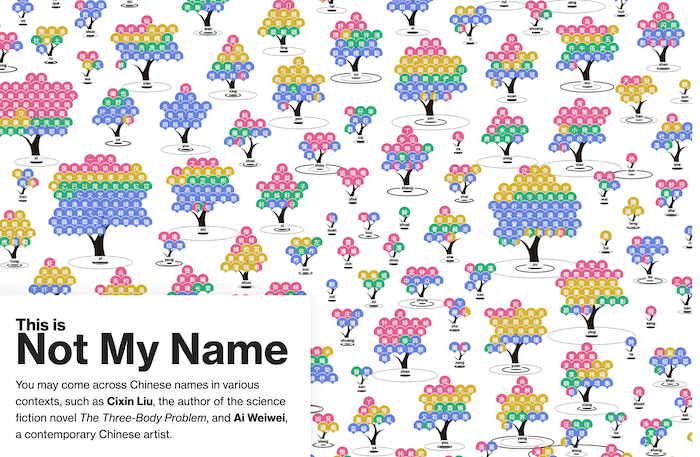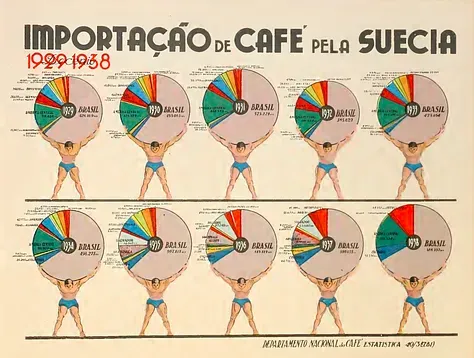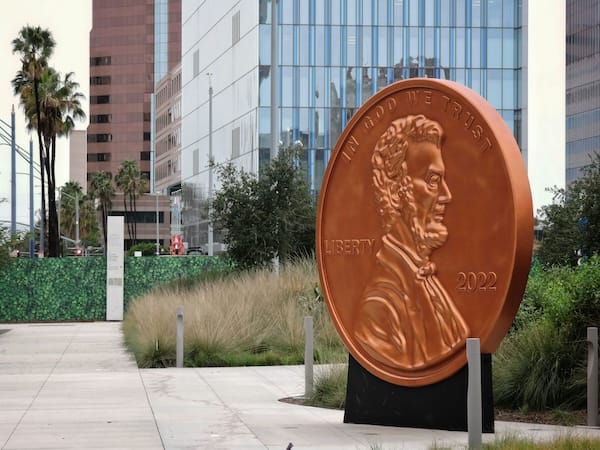Doing tariff math right
The media can't get the tariff math right

The Trump tariff mayhem has spotlighted innumeracy in the U.S. media.
I'm not talking about the numbers coming from the U.S. administration - I didn't care to write about those because they are intended for laughs.
Unfortunately, the math emanating from the other side is also riddled with errors. I'll focus on one particular talking point that's been bugging me.
***
Many journalists want to tell us the dire effect of Trump's 25%, 125%, 145%, etc. tariffs on the prices U.S. consumers pay for common purchases. Here is a typical example from CNET (link), which focuses on Apple's iphones. The key sentence is this:
If Apple passed the China tariff costs on to customers, the iPhone 16 Pro Max with 1TB of storage could increase from $1,599 to nearly $3,600 -- assuming that the previously imposed 20% tariff was already incorporated into the current price.

3600/1599 is 2.25 so they added 125% on top of $1,599, suggesting that Apple pays about $2,000 of tariff for each iPhone. This calculation sounds reasonable but that's not how the math works.
A tariff is an import tax that importers are required to pay to the U.S. government in order to accept products from overseas. Apple imports the iPhone from a Chinese manufacturer, and pays any tariffs. The tariff is based on the value of the imported good, in this case, it is the cost that the manufacturer charges Apple for each iPhone. And that cost is much lower than the retail price of the iPhone.
The people at this website (link) estimates that Apple pays the manufacturer about $700 for each iPhone 16 Pro Max. Thus, a 125% tariff on this cost is $875, much smaller than the $2000 from the prior calculation.
If Apple passed the entire tariff onto the customer, the new retail price should be $1,599+875 = $2,474, which is a 55% markup, much lower than 125%.
***
What would Apple do?
Charging the entire tariff onto the customer preserves Apple's profit per unit sold. Before the additional tariffs, the (gross) profit per unit was $1599-$700 = $899. After the price hike, the profit per unit would be $2,474-$(700+875) = $899. This just embodies the idea of passing the pain to the customer.
It's hard to imagine that Apple would do such a thing. The problem is a 55% price hike might cause demand to collapse. So while Apple would still earn $899 per unit, the total profit would plunge as the number of units sold would drop sharply. (For those paying attention, the gross profit margin, expressed as a percent of revenues, would be hit hard even though the profit per unit is unchanged.)
On the other extreme, Apple might absorb the entire tariff. In this case, the new profit per unit would be $1,599-$(700+875)=$24. In this case, iPhones would immediately turn from a driver of huge profits to a money-losing product overnight. (Apple share price should crater if this materialized.)
The $24 is not pure profit for Apple. It goes into paying for all of the overhead costs, like marketing, brand advertising, engineering, R&D, administrative costs, etc. There surely would be nothing left for pure profit.
This shows the insanity of this magnitude of tariffs, and why the business community was so alarmed by it. (Apple's profit margin is very fat by industry standard; imagine you're selling trinkets for laser-thin profits.)
The number of units sold would at best stay constant, but more likely, it would also drop because the general economic outlook has soured. The drop in this case would be much less severe because the retail price did not change.
***
Realistically, Apple would have to pass some of the tariffs on to consumers while also suffering a decline in profits.
What happened to the $875 tariff? It went to the U.S. government. So effectively, the tariff functions as a massive corporate tax hike. Apple has been forced to transfer a huge chunk of profits from shareholders to the U.S. government.
The tariff rate is so high that Apple won't be able to pay them in full from existing profits so part of the tariffs also is a tax on Apple customers through price hikes. The price hike would not be as high as the tariff rate. It's definitely not going to be 125%.



